In modern bridge construction, the quality of bridge pile foundation construction directly determines project safety and service life. As the core equipment for bridge pile foundation construction, rotary drilling rigs are gradually replacing traditional methods due to their outstanding performance. This article provides an in-depth exploration of the technical features and engineering applications of rotary drilling rigs in bridge pile foundation construction.
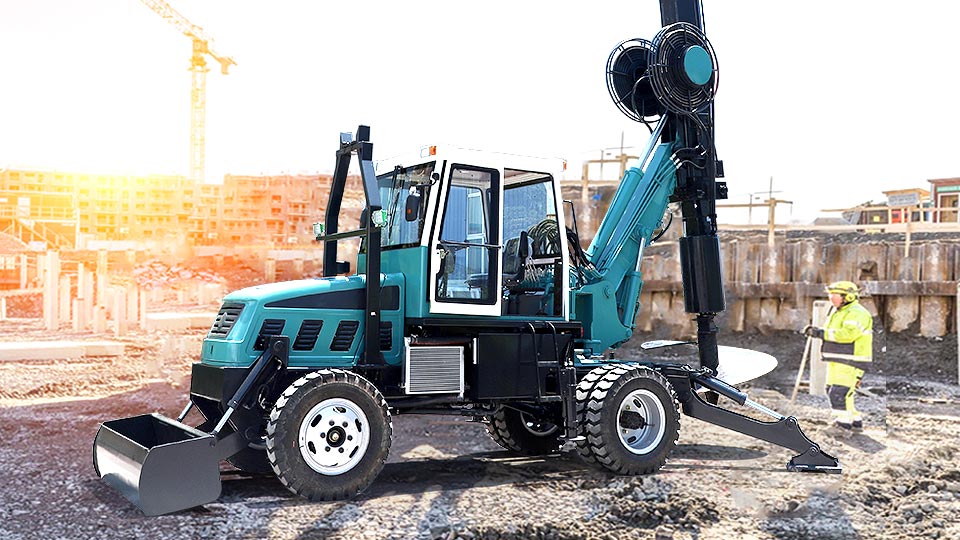
I. Special Requirements for Bridge Pile Foundation Construction
Bridge pile foundation construction faces three major technical challenges:
1. Large-diameter deep piles (typically 1.5-3m diameter, 40-80m depth)
2. Complex hydrogeological conditions (river scour layers, karst topography, etc.)
3. Strict verticality control (deviation ≤1/200)
These requirements make rotary drilling rigs the preferred solution for bridge pile foundation construction.

II. Technical Advantages of Rotary Drilling Rigs
For bridge pile foundation construction, modern rotary drilling rigs offer the following core advantages:
1. High-Efficiency Drilling
(1) Equipped with high-torque power heads (300-450kN·m)
(2) Automatic pressure systems improve drilling efficiency by over 30%
2. Precise Vertical Control
(1) Dual-channel inclinometer systems for real-time monitoring
(2) Automatic deviation correction ensures verticality ≤1/300
3. Adaptability to Complex Strata
(1) Multi-functional drill bit systems (rock socket bits, sand buckets, etc.)
(2) Intelligent torque distribution technology
III. Typical Construction Process Flow
Taking a river-crossing bridge bridge pile foundation construction as an example:
1. Steel casing installation (precision positioning)
2. Rotary drilling (step-by-step reaming process)
3. Slurry wall protection (dynamic specific gravity control)
4. Hole cleaning inspection (sediment thickness ≤5cm)
5. Reinforcement cage installation (integral hoisting process)
6. Underwater concrete pouring
Especially in karst areas for bridge pile foundation construction, rotary drilling rigs combined with advanced geological prediction systems can effectively mitigate underground karst cave risks.
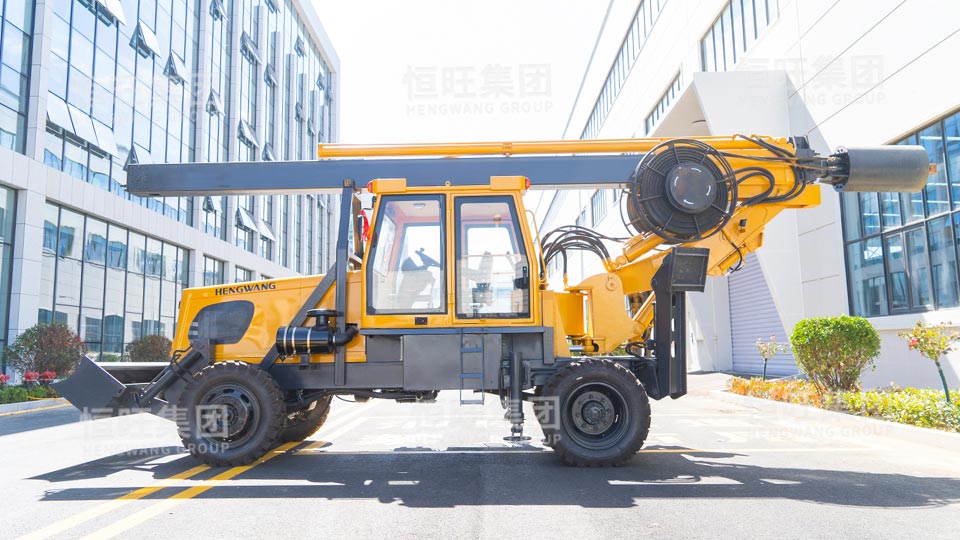
IV. Key Equipment Selection Parameters
When selecting rotary drilling rigs for bridge pile foundation construction, focus on:
1. Power Configuration
(1) Engine power ≥300kW
(2) Maximum torque ≥350kN·m
2. Depth Capacity
(1) Maximum drilling depth ≥80m
(2) Drill pipe type (friction/mechanical lock)
3. Smart Systems
(1) 3D hole formation monitoring
(2) Remote data transmission
V. Engineering Benefit Analysis
Compared to traditional impact drilling, rotary drilling rigs in bridge pile foundation construction deliver:
(1) 40%-60% shorter construction periods
(2) 25%-35% lower overall costs
(3) 99.8% pile quality qualification rate
Conclusion
With accelerated construction of river- and sea-crossing bridges, rotary drilling rigs will see wider application in bridge pile foundation construction. Their high efficiency and precision are redefining modern bridge foundation construction standards.
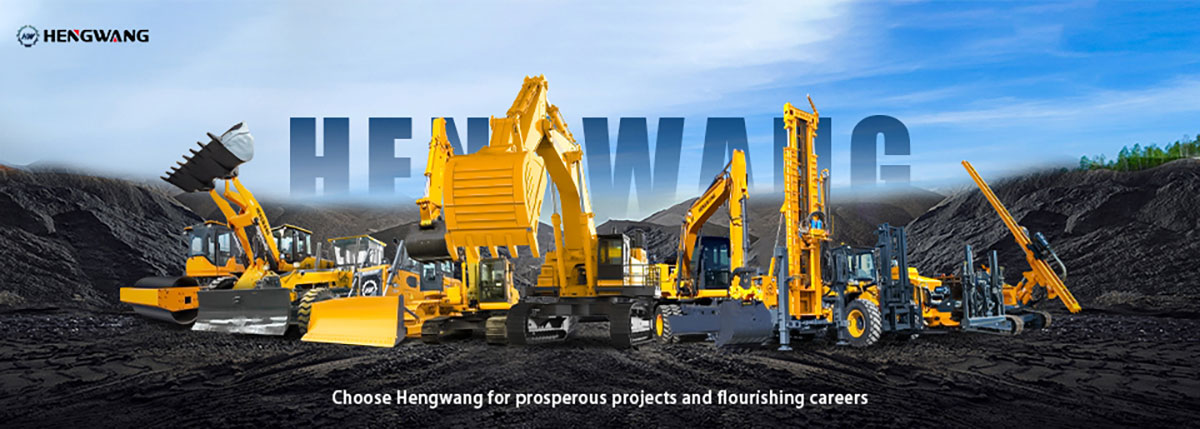
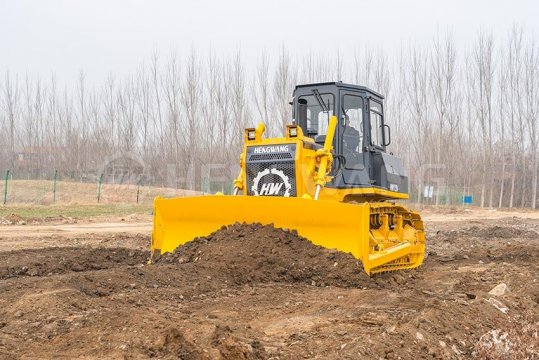 Bulldozer Blade Types: Core Configuration for Adapting to Different Operating Scenarios
Bulldozer Blade Types: Core Configuration for Adapting to Different Operating Scenarios
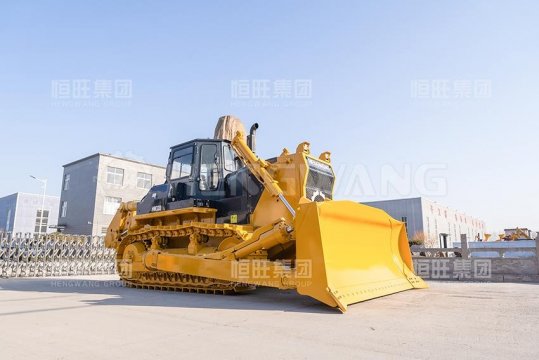 Swamp bulldozer: An Efficient Solution for Operations in Muddy Environments
Swamp bulldozer: An Efficient Solution for Operations in Muddy Environments
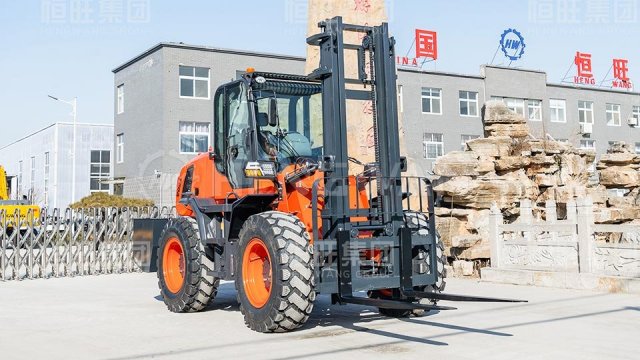 Rough terrain forklift with highest load capacity: A High-performance Solution for Heavy-duty Outdoor Operations
Rough terrain forklift with highest load capacity: A High-performance Solution for Heavy-duty Outdoor Operations